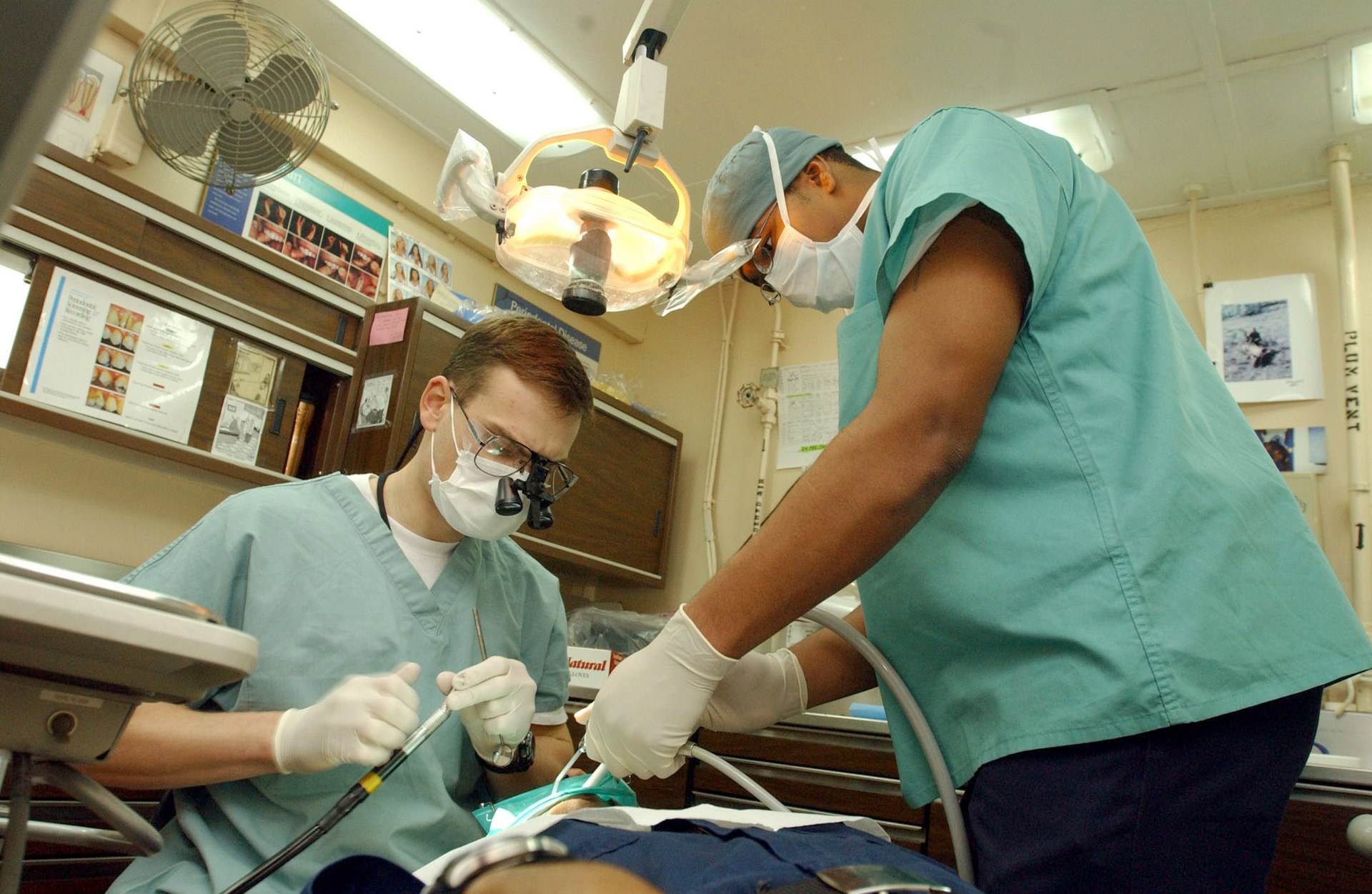For those with lost or missing teeth dental implants provide a life-changing form of treatment and they are often easier for people to use than dentures. Implants are most commonly used by people aged between 65 to 74 years old.
One weakness with dental implants arises from the types of bacteria that occupy the mouth and which are responsible for gum disease can reduce the life-expectancy of implants. These organisms affect the frequently at which implants need to be replaced.
The main diseases of concern are peri-implantitis, a condition that affects both the soft and hard tissues surrounding the implant, plus mucositis, and disease that precedes peri-implantitis and involves instead only the soft tissues.
A newly developed implant has the potential to address this issue. This comes from the University of Pennsylvania, U.S. The focus of the implant, in terms of additional technology, is combat biofilms. These are communities of microorganisms that take on new characteristics, including forms of communication and the development of a slime-like layer that makes the community relatively resistant to disinfectants.
Such biofilm communities can collect on implants and onto the surface of teeth, leading to periodontal health issues as well as causing gradual damage to the implant.
To combat the biofilm, the new implant utilizes a barium titanate (BTO) nanoparticle-infused material. The material negatively charges the area around the implant and this acts to repel bacteria (which also have a negative charge).
The technology has been possible through advances in microelectronics and nanofabrication. These advances assist with addressing bacterial contamination and also with helping the implant fit better, in terms of tissue integration.
Initial trials of the device demonstrate that it is effective at microbial repulsion and it appears to lower biofilm plaque deposits in the vicinity of the implant (being effective against the common mouth-residing bacterium Streptococcus mutans – this bacterium t adheres to the tooth first and opens the door for other bacteria).
The power for the device is self-generate. This is based on the implant including piezoelectric material, whereby electricity is produced via mechanical movements and the application of pressure.
This means that everyday tasks like brushing teeth can produce a sufficient level of electricity so the device can function. The research appears in the journal ACS Applied Materials and Interfaces titled “Bimodal Nanocomposite Platform with Antibiofilm and Self-Powering Functionalities for Biomedical Applications”.














